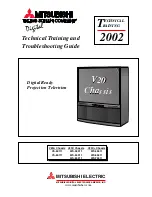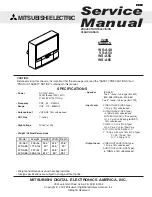
TPS Hardware Specification and Installation
25
On a TX Series device, any bypass I/O modules remain in bypass mode until you remove them from bypass mode through
the CLI, LSM, or SMS. Rebooting the TPS does not change the bypass mode of the bypass I/O module. For information
about how to disable bypass mode, refer to the SMS, LSM, or CLI documentation.
To complete your installation, refer to the
Release Notes
for your product. The
Release Notes
provide the latest post-installation
information for your product.
You can perform additional configuration, administrative, and management tasks, by using:
•
The LSM or the device CLI. The LSM and CLI enable straightforward management of a particular device.
Note
From the CLI, you can repeat the setup wizard by using the
setup
command. When you use the CLI, configure the terminal
emulation package to transmit a Ctrl-H character when the Backspace key is pressed.
•
The SMS. The SMS provides a scalable, policy-based operational model, and enables straightforward management of
large-scale IPS and TPS deployments.
Power supplies
The following topics provide information for using the power supply modules:
•
AC power supply – TPS 2200T and TX Series
•
DC power supply – TPS TX Series
WARNING!
Your product might have more than one power supply source. All power sources must be removed to de-energize the unit.
The TPS 2200T device has hot-swappable power supplies; there are no other serviceable parts inside. There are no hot-
swappable or serviceable parts inside the TPS 440T device.
AC power supply – TPS 2200T and TX Series
The TPS 2200T and TX Series devices include two power supply modules. The modules are hot-swappable, redundant, and
current-sharing, and the appliance can run with one active module.
Summary of Contents for TPS 2200T
Page 1: ......








































